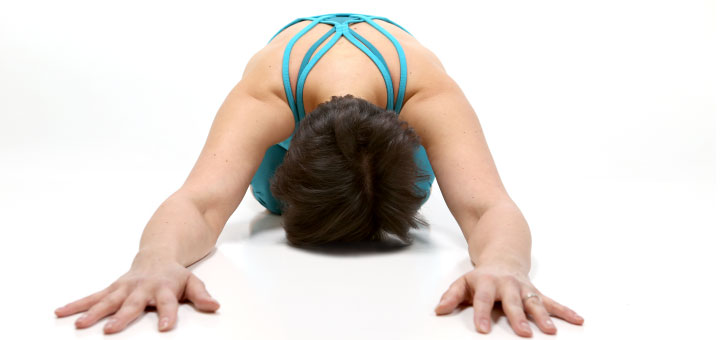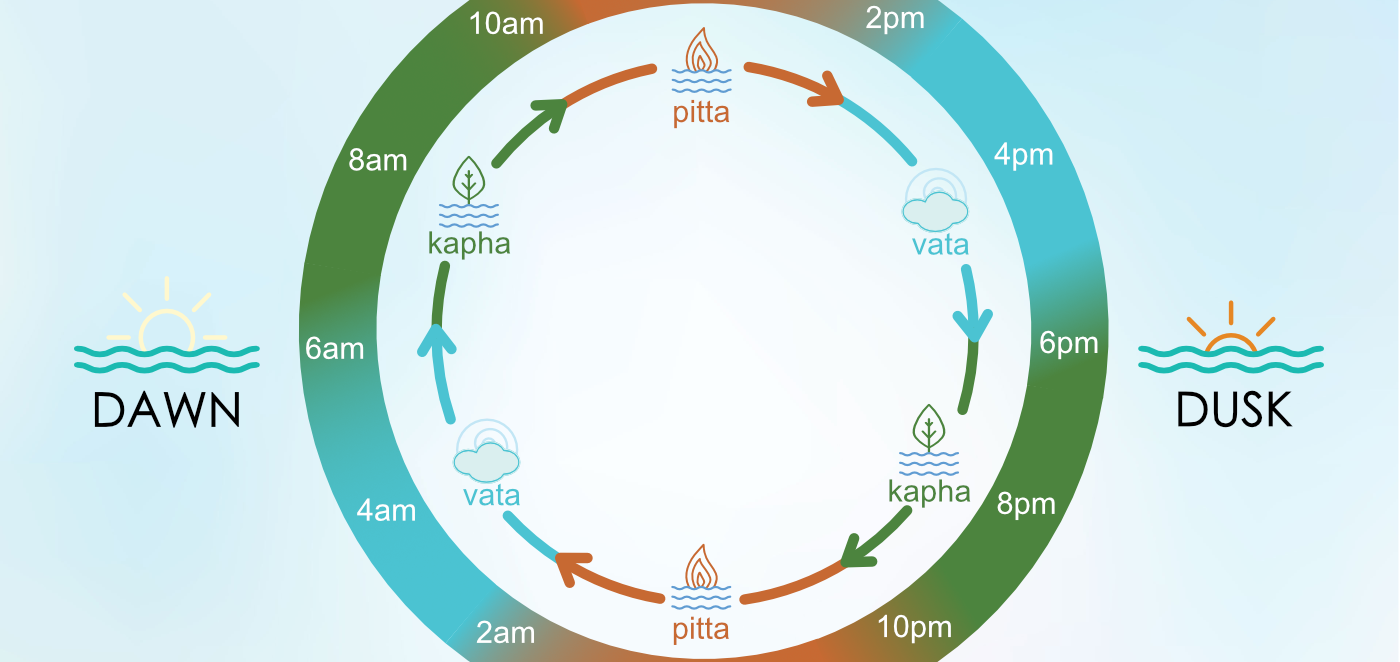Seasonal Ayurvedic cycles and their impact on our health and well-being
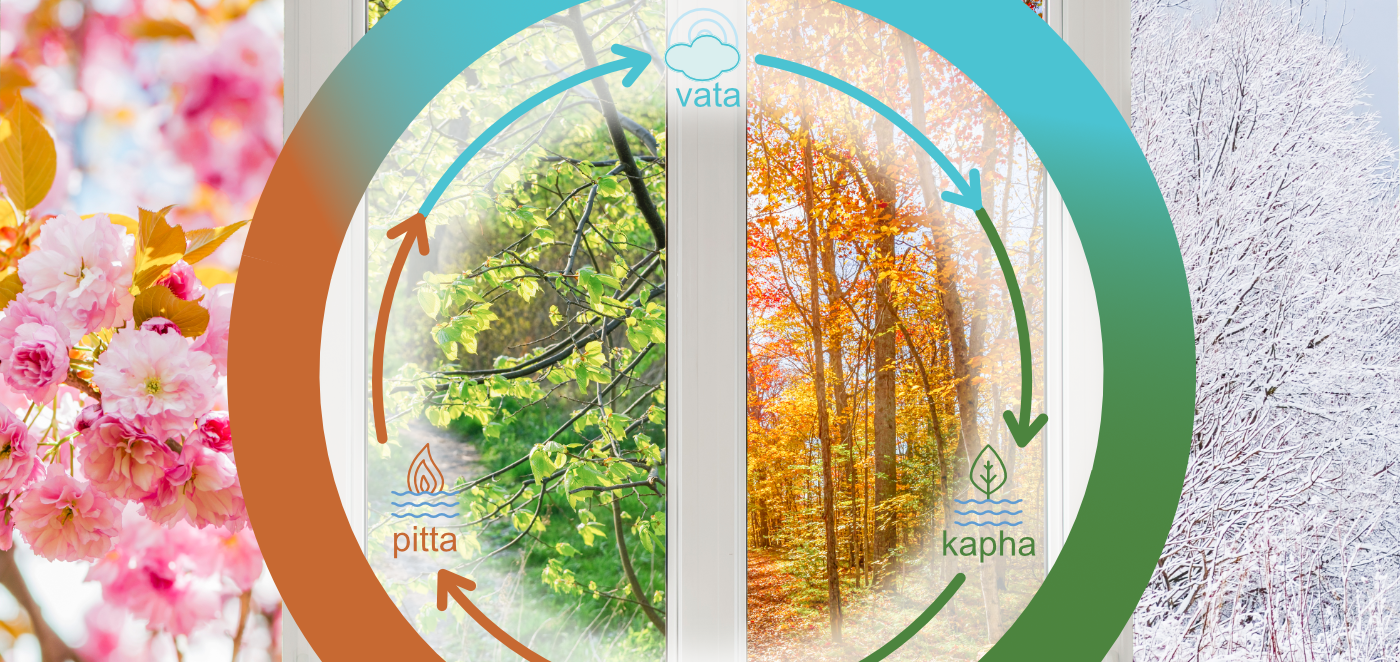
I am studying Spanish right now, and last week, my tutor and I talked about the weather. My tutor, who lives in Spain, confided that she hates hot weather and keeps her house at about 14°C (57°F). The chill went down my spine just hearing that number because I like to keep my house at a toasty 23°C (73°F). Not surprisingly, my tutor is a fiery pitta type who uses the temperature of her environment to keep her pitta in check. My vata, on the other hand, could not function in subarctic (to me 🙂 ) temperatures and needs to be kept warm and cozy. Logically, she dreams about a vacation in Norway, and I cannot wait to get to Hawaii.
Our bodies respond differently to the environment around us and the regular nature cycles that we all are subjected to. It helps us to be aware of our inherent tendencies and do what it takes to keep them in balance. Last time we looked at the daily dosha rhythms, and today let’s explore the annual and life cycles.
Annual Ayurvedic cycle
Seasonal dominance of the doshas depends on the climate you live in. Generally speaking, kapha dominates during the wettest time of year, pitta dominates during the hottest time, and vata dominates during the windiest time. For most areas with a temperate climate, the annual cycle will look like this.
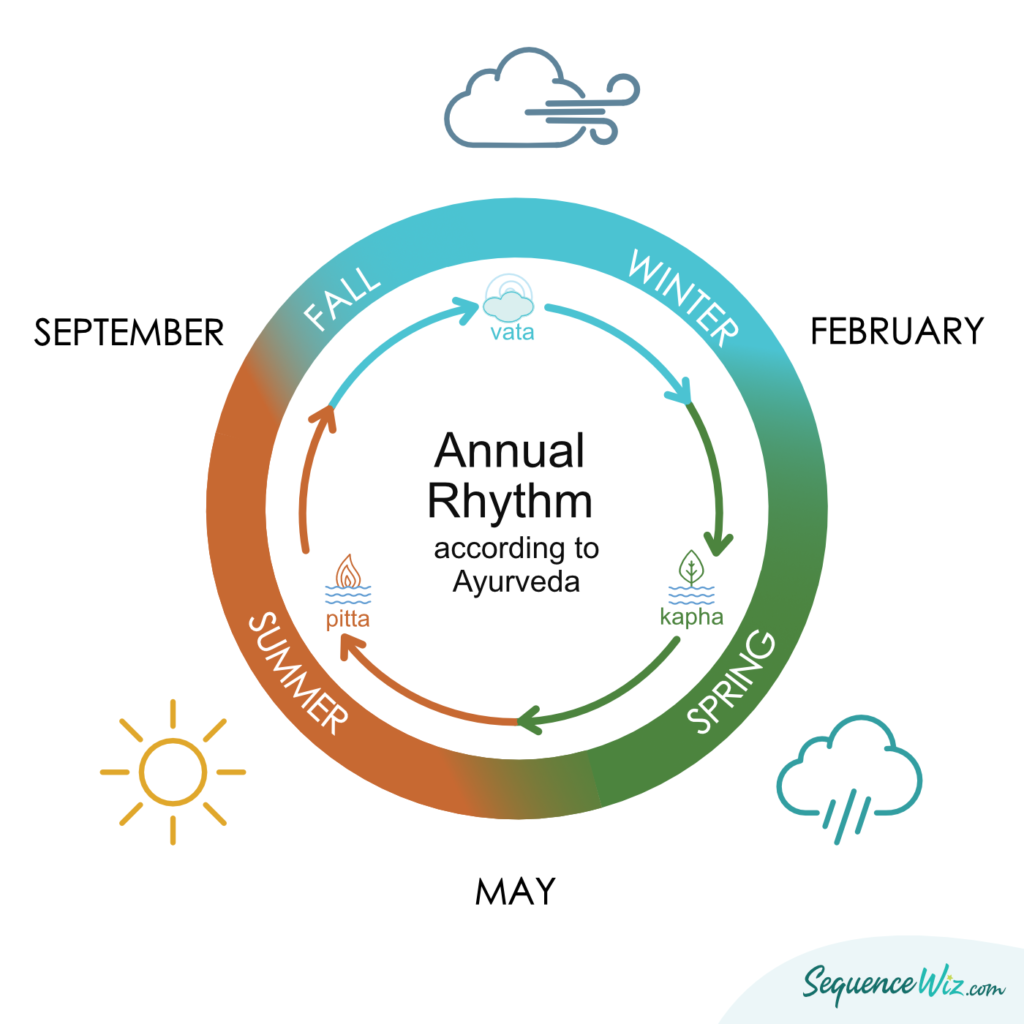
Kapha gradually accumulates during the winter and can become stifling in spring. Then pitta takes over and reaches its peak mid-summer. Vata begins to accumulate in early fall and reaches full strength in the late fall/early winter. This means that a pitta-dominant person is more likely to become hot and bothered during the hot summer, a vata-dominant person is more likely to feel discombobulated and unsettled in the fall/early winter, and a kapha-dominant person is more likely to feel congested and lethargic in winter/early spring. Even if the climate is different where you live, there usually are some predictable patterns. For example, a friend of mine who has a kapha-dominant constitution lives in Ecuador. She dreads the upcoming wet season not just because of the floods it causes but because of how damp, bloated, and stuffed up it makes her feel.
When we recognize our seasonal cycles and their impact on our sense of well-being, we can mitigate those effects with our choices. Below is a simple list of things you might consider avoiding and cultivating when your dosha feels out of balance.
When your vata is disturbed (particularly during fall/early winter):
| THINGS TO AVOID | THINGS TO CULTIVATE |
|---|---|
➡️ Unstructured time (life can become too disarrayed) ➡️ Inadequate sleep, staying up late at night ➡️ Wind and cold ➡️ Overwork or physical hardship ➡️ Excessive talking or thinking ➡️ Too much sex ➡️ Too much traveling ➡️ Excess stimulation (including TV and social media)) | ✅ Have a daily (but not rigid) routine ✅ Make time for rest, renewal, and slowing down; feed your soul ✅ Connect and socialize (if you feel like it) ✅ Choose simple, self-nurturing activities (a walk, time in the sun), books, and movies that are light, humorous, romantic, and uplifting ✅ Take warm baths and showers, especially when the weather is cold ✅ Engage your senses with a relaxing massage ✅ Nurture your sense of sound with soothing music or nature sounds ✅ Create a comfortable, uncluttered environment with soothing colors ✅ Consume warm food and fluids throughout the day ✅ Make sure to get plenty of sleep, take brief naps if necessary |
When your pitta is disturbed (particularly during the summer):
| THINGS TO AVOID | THINGS TO CULTIVATE |
|---|---|
➡️ Too much sun and exposure to heat Competitive sports ➡️ Taking on too many tasks ➡️ Overworking, especially without any breaks ➡️ High intensity in everything: work, exercise, family interactions ➡️ Avoid books and movies that are overstimulating, violent or disturbing ➡️ Competitive mentality in everything, focus on pleasure instead | ✅ Exercise moderation and balance activity with rest ✅ Take shorter, cooler showers and baths ✅ Spend time in nature with a focus on pleasure, not achieving a goal ✅ Engage in moderate but regular exercise ✅ Laugh ✅ Try books and movies that are funny, romantic, or dramatic ✅ Practice purity of speech, forgiveness, and acceptance of others ✅ Have flexibility in your routine with plenty of built-in downtimes ✅ Engage the senses, especially sight, with natural beauty and visual arts |
When your kapha is disturbed (particularly in winter/spring)
| THINGS TO AVOID | THINGS TO CULTIVATE |
|---|---|
➡️ Falling into a rut ➡️ Cold and damp weather ➡️ Sleep during the day, too much sleep ➡️ Overeating, overindulging in comfort foods ➡️ Sedatives ➡️ Clinging and dependent relationships; “head-in-the-sand “mentality. | ✅ Try stimulation and variety: travel, meeting new people, trying new things ✅ Engage in regular vigorous or competitive exercise ✅ Try dry heat (sauna) ✅ Consume moderate amounts of warm fluids and foods; go for quality rather than quantity ✅ Participate in outdoor adventures and high-speed activities: boating, climbing, rafting, skiing ✅ Choose movies and books that are dramatic, thrilling, and action-packed ✅ Listen to lively music, go dancing. |
In addition, it’s important to remember that our bodies are most vulnerable during transitional times of the year. Robert Svoboda, in his book Ayurveda for Women: A Guide to Vitality and Health, writes: “Ayurveda tells us that diseases are generated at the junctions of the seasons, the moments when one season changes into another. Whenever our environment (internal or external) changes, our systems must change with it, and every time we adapt poorly, we expose ourselves to the possibility of disease.”
Lifespan
Different stages of our lives are also deeply influenced by each of the three doshas.
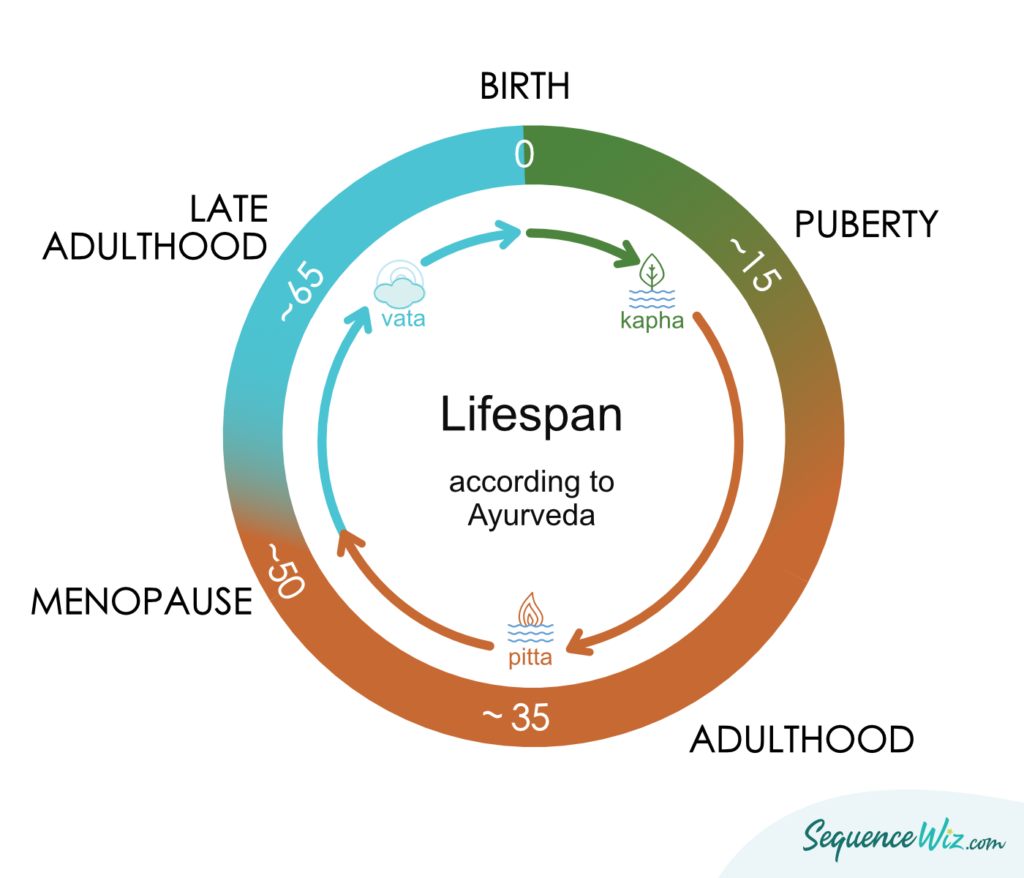
Childhood is kapha time that is characterized by growth. Just like a little sprout that needs water, sunshine, and loving care to grow into a healthy, thriving plant, children need nourishment, love, and connection to sprout into healthy and vibrant young adults. These are all kapha qualities. As children reach puberty and become young adults, kapha gives way to pitta with its emphasis on self-differentiation, ambition, and achievement. Pitta rules all the way through middle age as we build our own families and careers, and gradually begins to wane in the late forties/early fifties with the arrival of menopause for women (and, possibly, a midlife crisis for men?) Now, vata begins to gain strength as our bodies begin to dry up and become more brittle, while our minds become occupied by other thoughts beyond raising a family and establishing a career. Our minds can either shrink or expand, and we can become wiser or more bitter. 🙂
Here, too, we are the most vulnerable during transitional times, particularly during puberty and menopause. These are the times of significant changes and big upheavals; they require incredible patience from ourselves and those around us. We might emerge on the other side of those transitions quite different from how we were before, and it would take some time to adapt to the “new normal.”
The most important thing you can do for yourself when you begin to feel ill at ease is to pause and reflect on what is happening in your environment and how it might be affecting your inner state. If you notice one of your doshas acting up, you can make simple conscious choices to balance out the dosha’s dominant qualities. And the more you pay attention to your inner and outer rhythms, the better you will be able to sync them.
References
- Ayurveda for Women: A Guide to Vitality and Health by Dr. Robert E. Svoboda (affiliate link)
- The Chemistry of Joy: A Three-Step Program for Overcoming Depression Through Western Science and Eastern Wisdom by H. Emmons, M.D. (affiliate link)
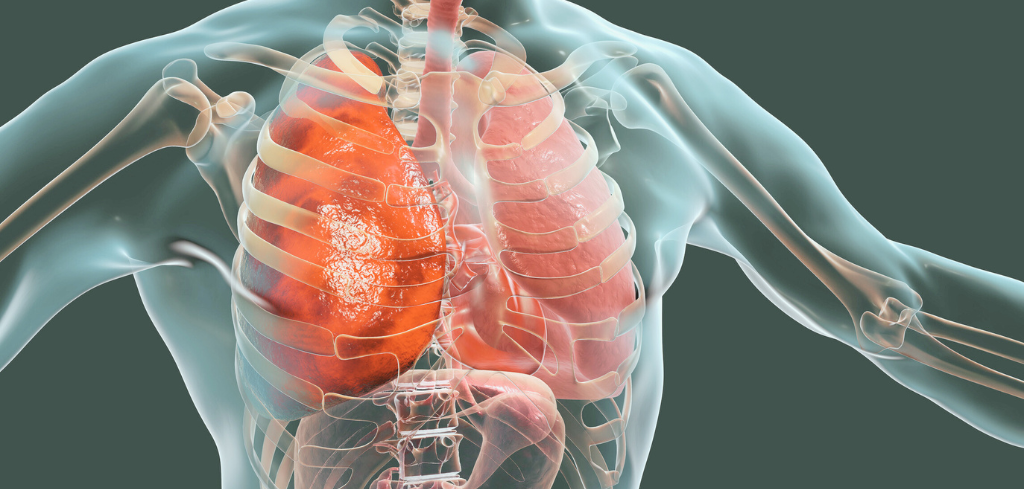
Do you want to explore every layer of your physiology: skeletal, respiratory, digestive, immune, cardiovascular, and nervous systems, and develop a better theoretical understanding and intuitive awareness of what’s happening within your body?

